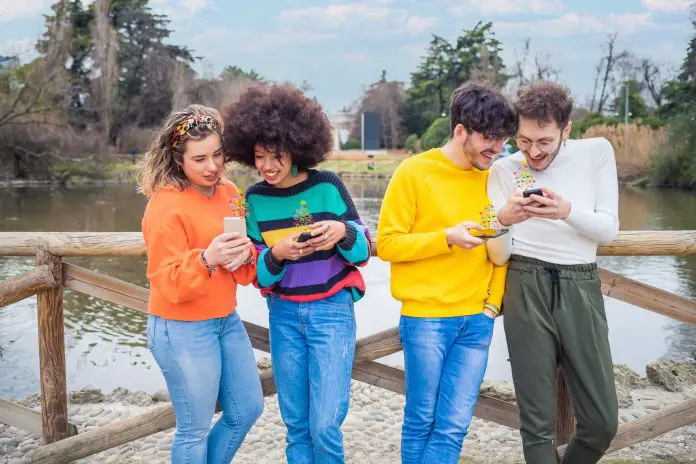Emojis are dynamic symbols that improve our communication, conveying emotions and ideas in a single image. But have you ever considered how different generations interpret these tiny icons?
For instance, while Gen Z often redefines emoji meanings, older generations stick to traditional uses. This article explores the unique interpretations of emojis among teens, thirty-somethings, and those in their fifties.
Understanding these generational differences can bridge the digital communication gap. Join us as we steer the colorful place of emojis and uncover their changing significance across age groups!
Key Takeaways

- Generational differences shape how emojis are interpreted, often sparking miscommunication, especially between Millennials and Gen Z.
- Gen Z creatively redefines emojis, like using the skull emoji to convey laughter, breaking away from traditional meanings.
- While older generations recognize emojis, they often hesitate to use them as freely as younger users, who thrive on innovative expression.
- For Gen Z, emojis serve as visual shorthand, replacing words and phrases to create concise, engaging conversations.
Emoji Meanings Across Generations
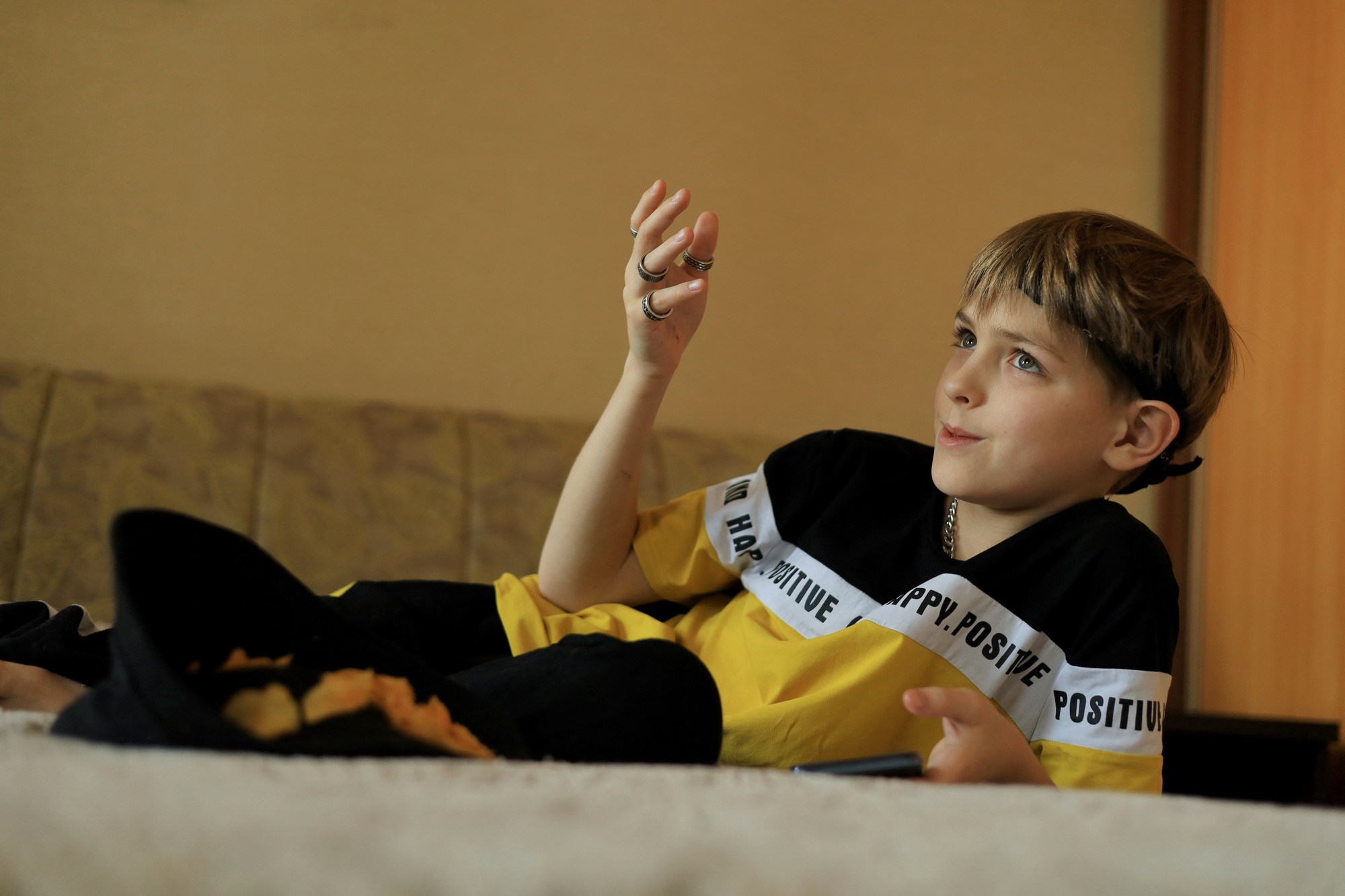
Have you ever noticed how the skull emoji 💀 brings laughter to Gen Z while leaving older generations scratching their heads?
This intriguing generational divide in emoji meanings reveals much about our changing communication styles. For instance, baby boomers might take the laughing emoji 😂 at face value, while younger users see it as a sign that something isn’t quite funny anymore. How does this shift influence your emoji choices?
Consider the folded hands emoji 🙏: to one generation, it’s a sincere “thank you,” yet to another, it can come off as passive-aggressive. Then there’s the kissing face emoji 😘—some interpret it as flirty, while others view it as friendly. Isn’t it interesting how a single emoji can convey a wide range of emotions?
In today’s digital place, emojis form a unique language of their own. Gen Z often uses them with irony. The eyes emoji 👀 now expresses intrigue or shock, rather than mere observation. Meanwhile, the fire emoji 🔥 signifies something “cool” or “hot,” but older generations may still see it literally.
As you steer this dynamic youth culture, don’t forget emojis are layered with meanings shaped by cultural context. Understanding these nuances can greatly improve communication across generations!
Heart Emoji ❤️
The heart emoji ❤️ symbolizes affection and positive feelings, particularly resonating with Gen Z. But, its widespread use can render it overused or even cringe-worthy for some. For baby boomers, it often conveys clear emotions, while for Gen Z, it may carry an ironic twist.
Isn’t it interesting how one emoji can evoke such diverse interpretations?
While a kissing face emoji 😘 hints at flirtation, the heart can sometimes feel like a cliché in youth culture. This generational divide showcases the evolution of emoji usage—what was once new can quickly become stale.
In our visually-driven world, the heart emoji reflects the changing place of emotional expression across generations. It encapsulates the complexity of love alongside the simplicity of a shared smile or heartfelt moment. So, the next time you send a heart, consider its significance for the recipient!
Thumbs Up Emoji 👍
The thumbs up emoji (👍) offers a interesting glimpse into how different generations communicate. For baby boomers and Gen X, it represents approval or agreement—think of it as a comforting nod. On the contrary, Gen Z often sees it as sarcastic or dismissive, akin to a conversation’s abrupt ending. Isn’t it interesting how one emoji can convey such a wide range of emotions?
As digtial natives, Gen Z prefers emojis like the skull (💀) to express laughter, while older users lean towards the classic laughing emoji (😂). This generational divide highlights the evolution of emojis, reflecting the changing place of language. Have you ever pondered how something so small can carry such weight?
For many in the queer community, the thumbs up can feel like a polite yet passive-aggressive dismissal. When compared to the folded hands emoji (🙏) or the fire emoji (🔥), context becomes necessary. Each emoji tells a distinct story, shaped by the user’s experiences and intentions.
Understanding these nuances can improve your communication skills. It’s like having a secret decoder ring for the emoji language! So, the next time you send a thumbs up, think about the message it might send across different generations.
Generational Differences in Emoji Meanings

Have you ever noticed how a single emoji can mean something completely different depending on who you ask?
Take the skull emoji 💀. While older generations might see it as spooky, Gen Z uses it to say, “I’m dying of laughter!” Isn’t that interesting?
Then there’s the laughing emoji 😂, which has lost its charm among younger users. Instead, they might choose the clown face emoji 🤡 to call someone foolish. This shift highlights a broader trend: younger generations use emojis in more ironic and layered ways, often making their messages seem less serious or even passive-aggressive.
<pconsider the="" folded hands emoji 🙏. For older people, it symbolizes prayer or gratitude, but many Gen Zers interpret it as a high five or a sarcastic “thank you.” This generational gap shows how cultural context shapes our understanding of these digital symbols.
As emojis evolve, they reflect not just personal feelings but also the unique communication styles of different age groups. If you’re sending the hearts emoji ❤️ to express love or the melting face emoji 🥵 to indicate you’re feeling hot, meanings can change dramatically. Isn’t it time we all adapted to the emoji language of younger generations?
Unique to Younger Generations
Younger generations, especially Gen Z, have transformed emoji usage into a dynamic art form. Unlike older generations, who often interpret emojis literally, Gen Z infuses them with deeper meanings. Consider the skull emoji 💀—once a Halloween staple, it now represents laughter. Isn’t it astonishing how a single emoji can evolve so dramatically?
They also wield the clown face emoji 🤡 to poke fun at foolishness, while the loudly crying face emoji 😭 now expresses overwhelming joy rather than sadness. This generation’s creativity allows emojis to convey emotions that words sometimes fail to capture. Are you ready to decode their unique emoji language?
On the contrary, baby boomers and Gen X often cling to traditional meanings, viewing the folded hands emoji 🙏 as a prayer symbol, while younger users might see it as passive-aggressive. The fire emoji 🔥, once a simple representation of heat, now signifies something “cool” or impressive. Isn’t it intriguing how context reshapes meaning?
As you steer this generational divide, don’t forget emojis are more than mere symbols; they create a visual language reflecting cultural shifts and emotional subtleties. Understanding these nuances can greatly improve your communication across age groups.
Fire Emoji 🔥
The fire emoji 🔥 ignites thrill across generations, yet its meanings vary widely. For older generations, it often signifies something literally hot, like a spicy dish. On the contrary, Gen Z uses it to express enthusiasm or approval, similar to saying, “That’s awesome!” Think of it as a digital cheerleader, rallying support in a text. Isn’t it interesting how one emoji can spark such diverse interpretations?
While baby boomers might see it as merely “hot,” younger users deploy it playfully or sarcastically. Imagine texting about a crush: “That person is 🔥!” Here, it signals attraction. This generational divide illustrates how emojis have evolved into a visual language that transcends words.
Also, Gen Z’s use of the fire emoji reflects their unique texting style, where symbols often replace words. They might pair it with other emojis to convey layered meanings, like combining it with the skull emoji 💀 for humor: “I’m dead from laughter 🔥💀.” This playful creativity showcases their knack for transforming simple symbols into expressive communication tools.
In our digital communication era, understanding these generational differences in emoji meanings is critical. Next time you send a text, consider how your emoji choices might connect differently across age groups. Isn’t it remarkable how something as simple as an emoji can embody a vast spectrum of emotions?
Eyes Emoji 👀
The eyes emoji 👀 is a powerful symbol that illustrates how generational differences shape emoji meanings. For older generations, it often conveys curiosity or attention. On the contrary, Gen Z frequently uses it to express sarcasm or flirting, like saying, “I see you!” or “What’s happening?”
Isn’t it intriguing how one emoji can embody such varied interpretations?
While a baby boomer might use it plainly, a Gen Z’er might deploy it in a passive-aggressive way, perhaps to comment on something annoying or humorous. This generational divide highlights the evolution of emojis as a visual language in our digital communication.
When you send 👀, consider the context. Are you genuinely intrigued, or are you playfully calling out something too ridiculous to overlook?
Understanding these nuances can bridge generational gaps and improve your online interactions.
Unique to Older Generations
Older generations often interpret emojis like the laughing emoji 😂 and folded hands emoji 🙏 quite literally. For instance, Baby Boomers might find the skull emoji 💀 unsettling, while Gen Z uses it to express laughter. Isn’t it interesting how a single emoji can convey vastly different meanings across generations?
It’s like a digital language barrier in our everyday conversations!
- Literal vs. Creative: Older individuals often prefer straightforward interpretations, while younger users revel in sarcasm and subtlety.
- Emotional Expression: For Gen Z, the crying face emoji 😭 can signify joy, whereas others might interpret it as sadness.
- Generational Divide: The heart emoji ❤️ may express love for one group but seem cliché to another.
As emojis evolve, they reflect not only emotions but also cultural contexts. Are you using them in ways that connect with your peers, or do you feel like you’re finding your way a maze of miscommunication?
Folded Hands Emoji 🙏
The Folded Hands Emoji 🙏 is a interesting symbol, rich with meanings that vary across generations. For many older adults, it represents prayer or gratitude. On the contrary, younger users, especially Gen Z, often see it as a casual high five or a playful thank you. Isn’t it remarkable how one emoji can spark such diverse interpretations?
- Baby Boomers: Associate it with prayer and hope.
- Gen X: Use it in serious moments, like expressing sympathy.
- Millennials: View it as a charming way to say “thank you.”
- Gen Z: Often employ it ironically or as a lighthearted gesture.
This generational shift in emoji meanings reflects broader cultural changes and changing youth culture. Are you using the folded hands emoji in a way that connects with your friends?
It’s a small yet powerful tool for communication, bridging gaps and sparking conversations.
The Skull Emoji: A Symbol of Generational Divide
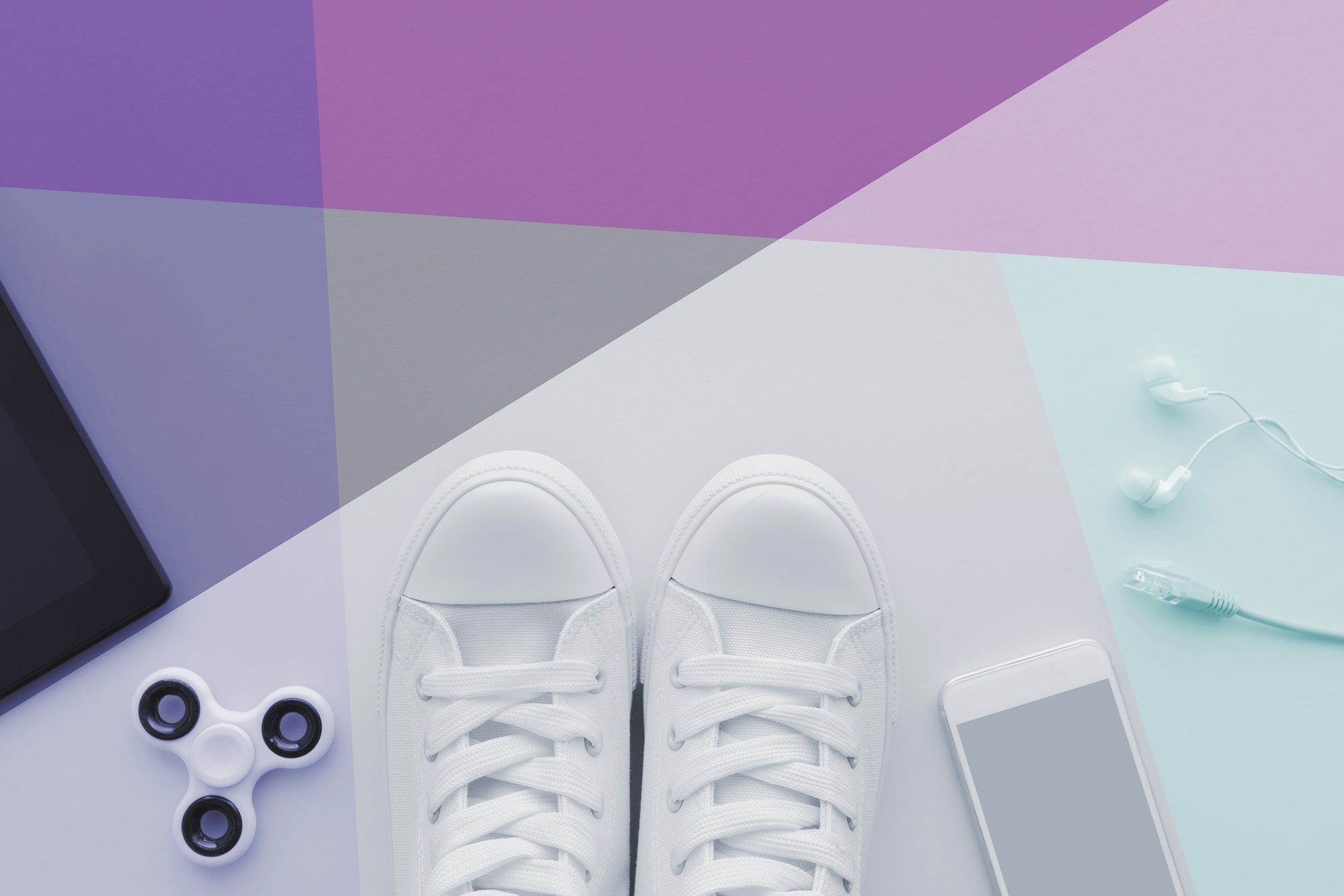
The skull emoji 💀 is a powerful symbol of the generational divide in how we interpret emojis. For Gen Z, this icon goes beyond its grim association with death; it’s a badge of humor and exaggeration. When they say, “I’m dead!” they’re not contemplating mortality—they’re reacting to something outrageously funny. Isn’t it interesting how one emoji can shift meanings so dramatically?
On the contrary, older generations like Baby Boomers and Gen X often see emojis through a literal lens. For them, the skull conjures images of morbidity, leading to potential misunderstandings in online interactions. While millennials might opt for the laughing emoji 😂, Gen Z frequently chooses the skull 💀 or the clown face emoji 🤡 to convey humor.
Take the folded hands emoji 🙏 as another example. Younger users often interpret it as a gesture of gratitude or a hopeful plea, while older individuals may view it as a sign of prayer. This playful reinterpretation highlights how youth culture reshapes communication in our digital world.
As emojis evolve, they reflect our changing identity and expression. Whether it’s the eyes emoji 👀 signaling curiosity or the fire emoji 🔥 representing thrill, each generation adapts these symbols to fit their unique texting style. So, what does your favorite emoji say about you?
Different Meanings for Different Ages
The skull emoji 💀 has transformed into a humorous symbol for Gen Z, expressing “I’m dead!” in a playful manner. On the contrary, older generations, such as Baby Boomers, might view it as a stark reminder of mortality. Isn’t it interesting how a single emoji can embody such divergent meanings across generations?
Consider the laughing emoji 😂, once the gold standard of humor. Many Gen Zers now deem it outdated, favoring the skull instead. The clown face emoji 🤡 has morphed into a way to call out foolishness, while the folded hands emoji 🙏 has shifted from a prayer symbol to a casual “thank you.”
These shifts highlight a profound generational divide in emoji usage. Younger generations often wield irony and sarcasm, employing emojis in playful or even passive-aggressive contexts. How does this evolution shape our communication in the digital age?
Leveraging Emojis in Business Communication
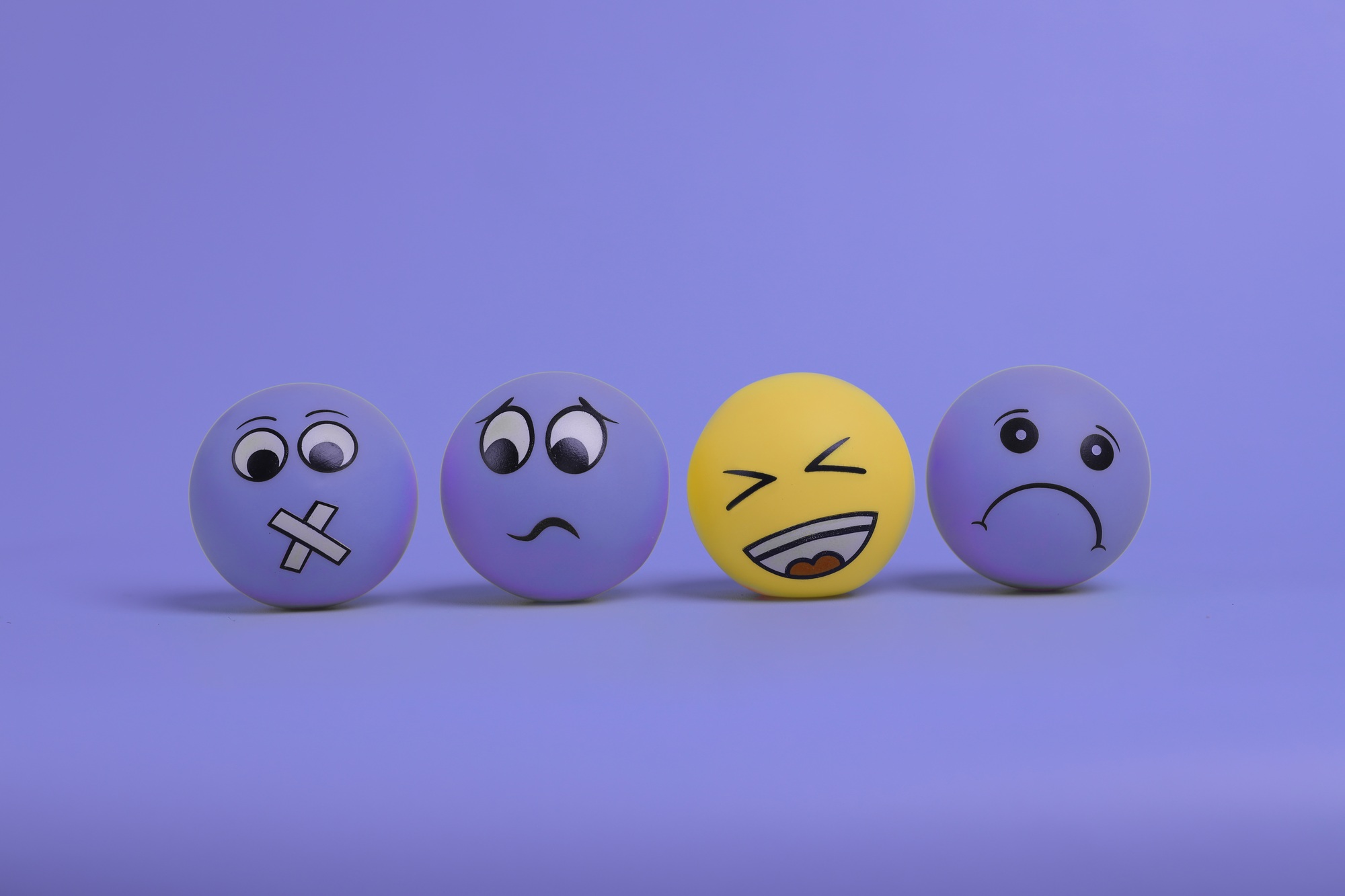
Incorporating emojis into business communication is like adding spices to a dish; they can improve your message but must be used wisely. Different generations interpret emojis distinctively. For instance, the skull emoji might spark laughter for a Gen Z user, while a Gen X individual may see it as a symbol of death. Isn’t that intriguing?
Consider the folded hands emoji: some view it as a sign of gratitude, while others see it as a prayer gesture. This generational divide can lead to misunderstandings in the workplace. Imagine sending a kissing face emoji to a colleague; it could be interpreted as flirtation or a friendly gesture, depending on their age.
In today’s digital communication place, understanding these nuances is critical for effective customer engagement. Emojis serve as a visual language that enriches emotional expression. But, missteps can happen; for example, a weary face emoji following bad news might come off as passive-aggressive.
As you steer this colorful emoji place, don’t forget context is key. What amuses one generation may confuse another. Are you ready to decode emoji meanings in your workplace?
Best practices for using emojis in professional settings
Using emojis in professional settings is like walking a tightrope. How do you select the right emoji?
Think of emojis as a secret language—what amuses a Gen Z might confuse a Baby Boomer. For instance, the skull emoji can be humorous to younger audiences but unsettling to older ones.
Take the folded hands emoji: it can mean “thank you” or “praying,” depending on your audience. Always evaluate your workplace culture. Are you joking with colleagues or addressing serious topics?
Emojis can infuse warmth into your messages, yet they risk causing confusion if misused.
- Know your audience: Different generations interpret emojis distinctively.
- Use sparingly: Overusing emojis can dilute your professionalism.
- Match the tone: Choose emojis that reflect the emotion you want to convey.
When used wisely, emojis can improve customer engagement and create a friendly atmosphere. But remember: moderation is necessary!
Tips for avoiding miscommunication or misinterpretation
To avoid miscommunication with emojis, consider these necessary tips:
- Know Your Audience: Different generations interpret emojis distinctively. For instance, a skull emoji might spark laughter for Gen Z, while older generations may view it as a death symbol. Are you truly speaking the same language?
- Context is Key: Select emojis that match your message’s tone. A folded hands emoji can express gratitude, but in a serious discussion, it may come off as passive-aggressive. Think of emojis as spices; the right amount enhances your message, but too much can overwhelm it.
- Be Clear: When uncertain, stick to straightforward emojis like the smiley face or heart emoji. These symbols radiate warmth and positivity, minimizing the chance of misinterpretation.
Emojis can forge connections, but misuse can lead to confusion. Choose wisely!
Examples of successful emoji use in business communication
Emojis in business communication are like spices in cooking—just the right amount enhances flavor, but too much can ruin the dish. Take the skull emoji: for Gen Z, it sparks laughter, while older generations may find it unsettling. This generational divide shapes how emojis convey emotions and messages in the workplace.
- Laughing emoji 😂: A hit with Millennials, yet may seem outdated to Gen Z.
- Kissing face emoji 😘: Flirty in casual chats, but can confuse in formal contexts.
- Eyes emoji 👀: Universally signals interest and curiosity, resonating across generations.
Consider the folded hands emoji 🙏: it often conveys gratitude, but some may read it as passive-aggressive. Understanding these nuances is critical for crafting effective, engaging communication that resonates with your audience.
Summing up

Mastering emojis is critical for effective business communication. Each generation interprets emojis distinctively. Consider the folded hands emoji: for Gen Z, it signifies gratitude, while older generations may overlook this meaning. Understanding these nuances enables deeper connections with your audience. By strategically using emojis, you improve clarity and add a playful touch to your messages, fostering stronger engagement with customers and colleagues alike.
Frequently Asked Questions
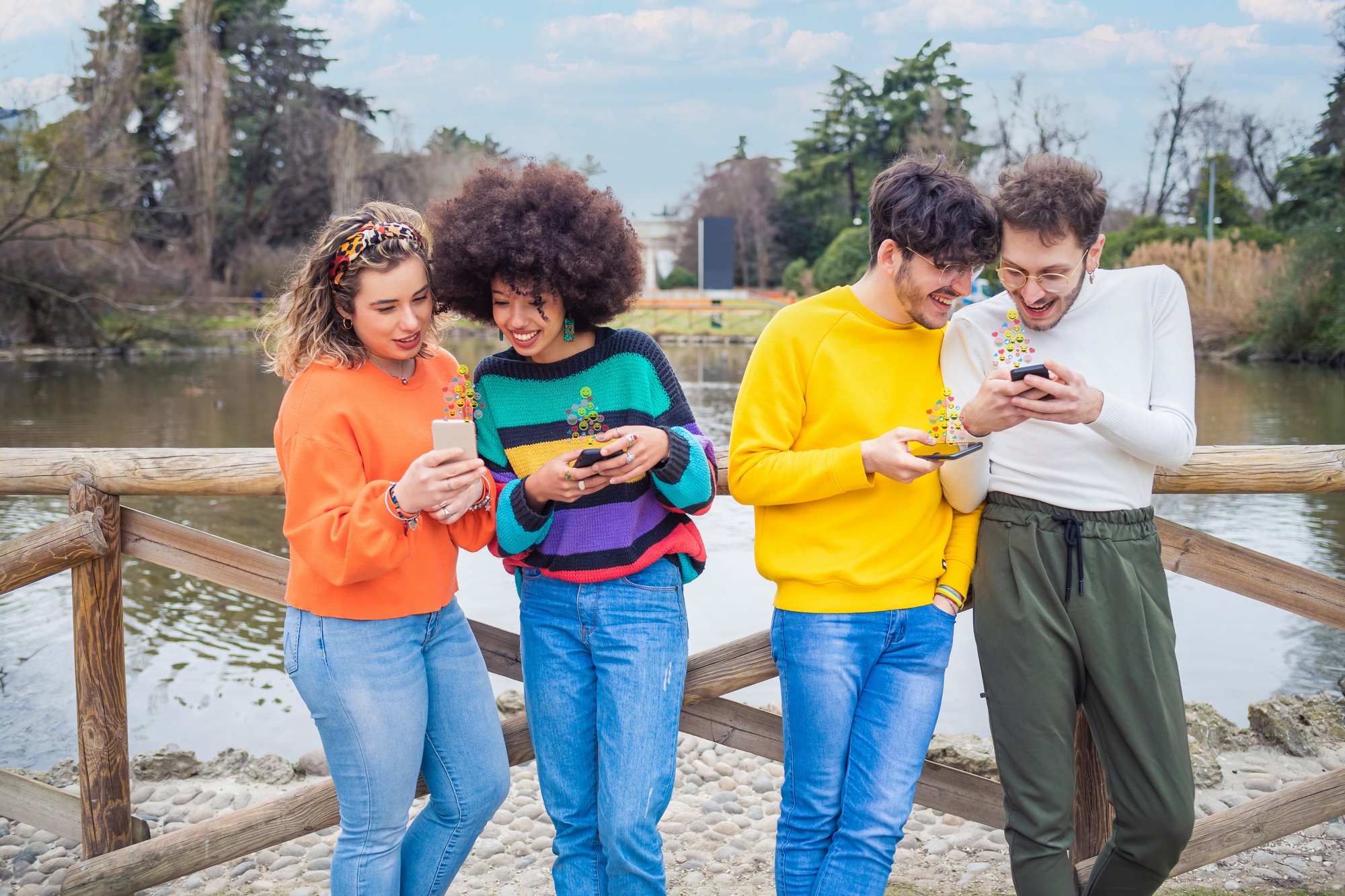
How do millennials and Gen Z use emojis differently?
Millennials use emojis for emotional context, while Gen Z often redefines meanings, adding layers and humor. 🌟✨
What do different generations think about the meaning of emojis?
Different generations interpret emojis distinctively: Boomers see them as fun, Millennials use them for context, while Gen Z attaches new meanings. 🌍✨
What are the most commonly misunderstood emojis across different age groups?
The 🙏 emoji often confuses Boomers (think prayer) while Gen Z sees it as a “thank you.” The 😂 emoji can also mean different things! 💬✨
What do Gen Z use instead of 😂?
Gen Z often opts for the 🥲 or 😭 emojis instead of 😂, adding a twist of irony or deeper emotion to their reactions! 🎉
Image Via Envato:
Image Via Envato:
Image Via Envato: peus80, DeBoerPhotography, Garakta-Studio, stevanovicigor, MirkoVitali, mariagera, halfpoint


